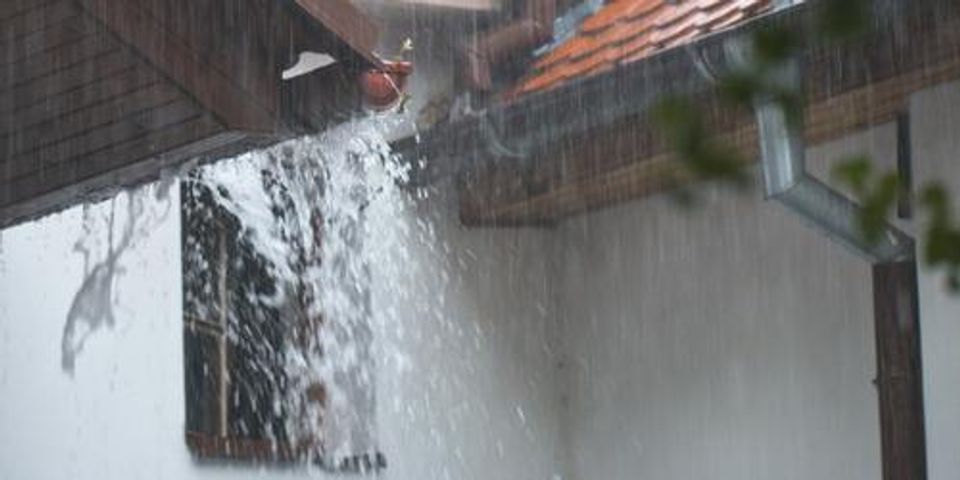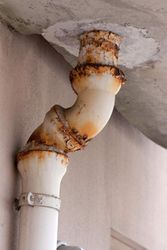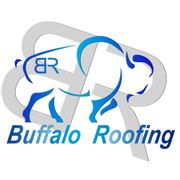How to Tell Whether Your Gutters Are Broken or Clogged

Gutters keep your residential or commercial building dry and safe. Without them, water damage can lead to peeling paint, mold growth, and even a flooded basement or eroded foundation. If your equipment isn’t doing its job, you need to fix the situation as soon as possible—but how can you tell what the problem is? This guide explains the differences between broken and clogged gutters.
Broken Gutters
 Broken equipment can often be detected visually. Walk around your home or commercial building to check for signs of damage, especially after windy or stormy weather. Look for rusty patches or cracks and holes that can allow water to leak, especially around fasteners, seams, and connections to your downspout.
Broken equipment can often be detected visually. Walk around your home or commercial building to check for signs of damage, especially after windy or stormy weather. Look for rusty patches or cracks and holes that can allow water to leak, especially around fasteners, seams, and connections to your downspout.
If your gutters are broken, they may also begin to separate from your building and allow water to seep between the channel and the siding. If you see peeling paint or water stains on your siding or roof trim, this may mean the gutters are detached.
Clogged Gutters
Since clogs are located in your gutters, they’re usually hidden from view unless you climb a ladder. Fortunately, you can hear the problem on a rainy day. When rain isn’t being siphoned away because of a blockage, you can often hear the splattering sound of water hitting the ground all at once. This usually means plant debris is clogging the channel and encouraging water to pool until it overflows in large quantities.
If you can’t determine whether your gutters are clogged or broken, but you can tell there’s something wrong, it’s time to call an expert. They will have the appropriate tools to identify and resolve the issue, protecting your building from further water damage.
When you need reliable gutter services, you can put your trust in Buffalo Roofing of Kearney, NE. Since 2009, they have provided high-quality handiwork, from roof repairs to siding installation. They serve all of Nebraska, as well as parts of South Dakota and Kansas. To request a free estimate, visit their website or call (308) 224-3163.
About the Business
(17 reviews)
Have a question? Ask the experts!
Send your question

